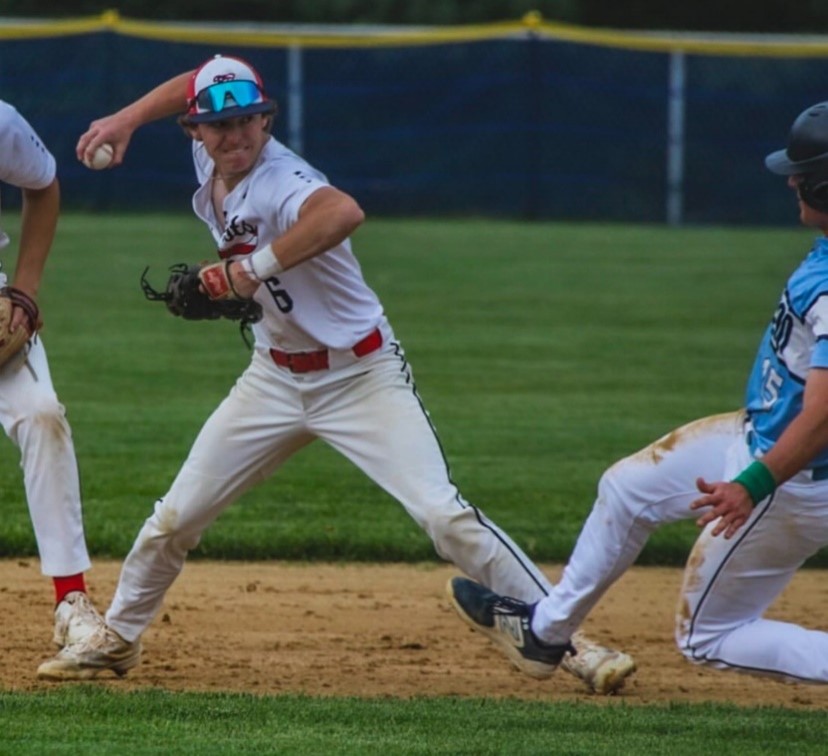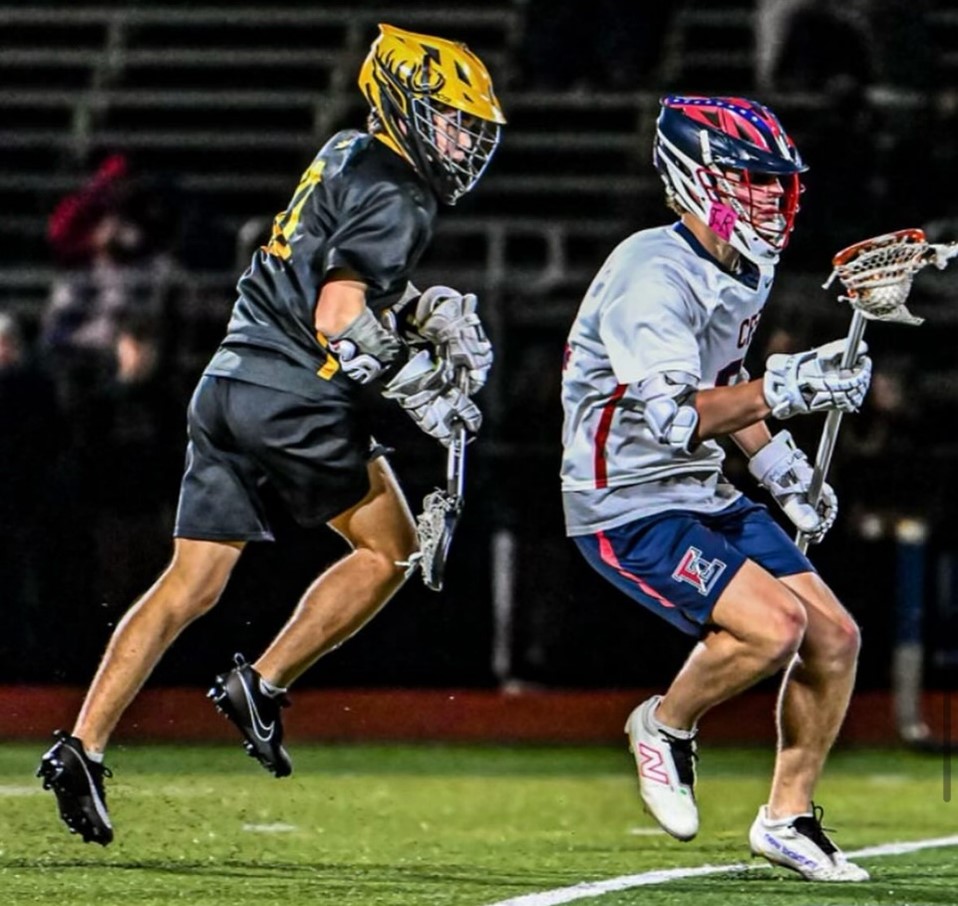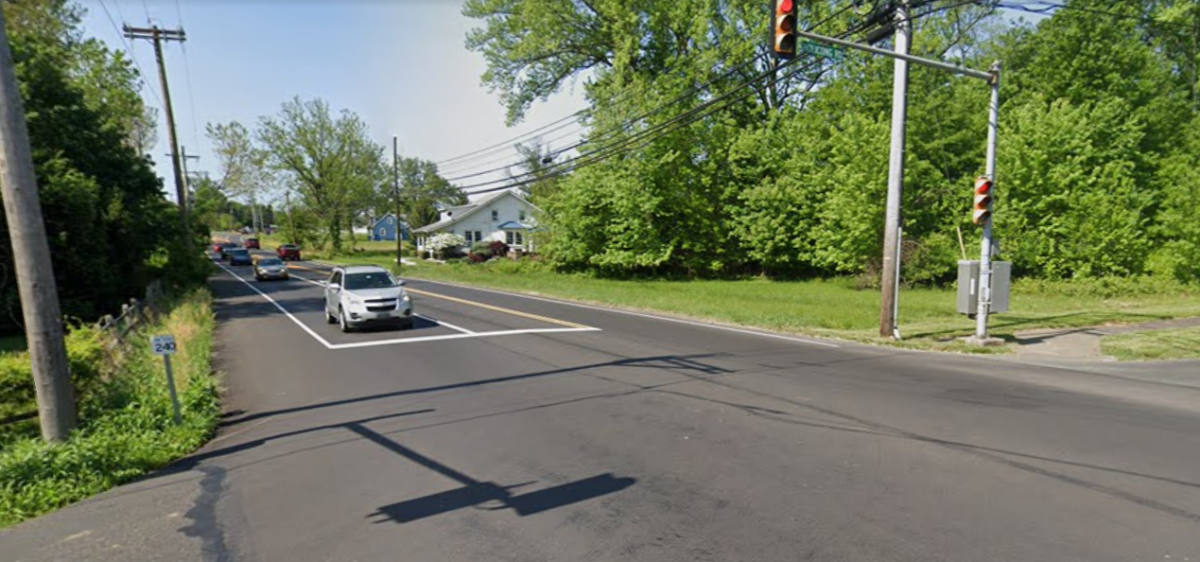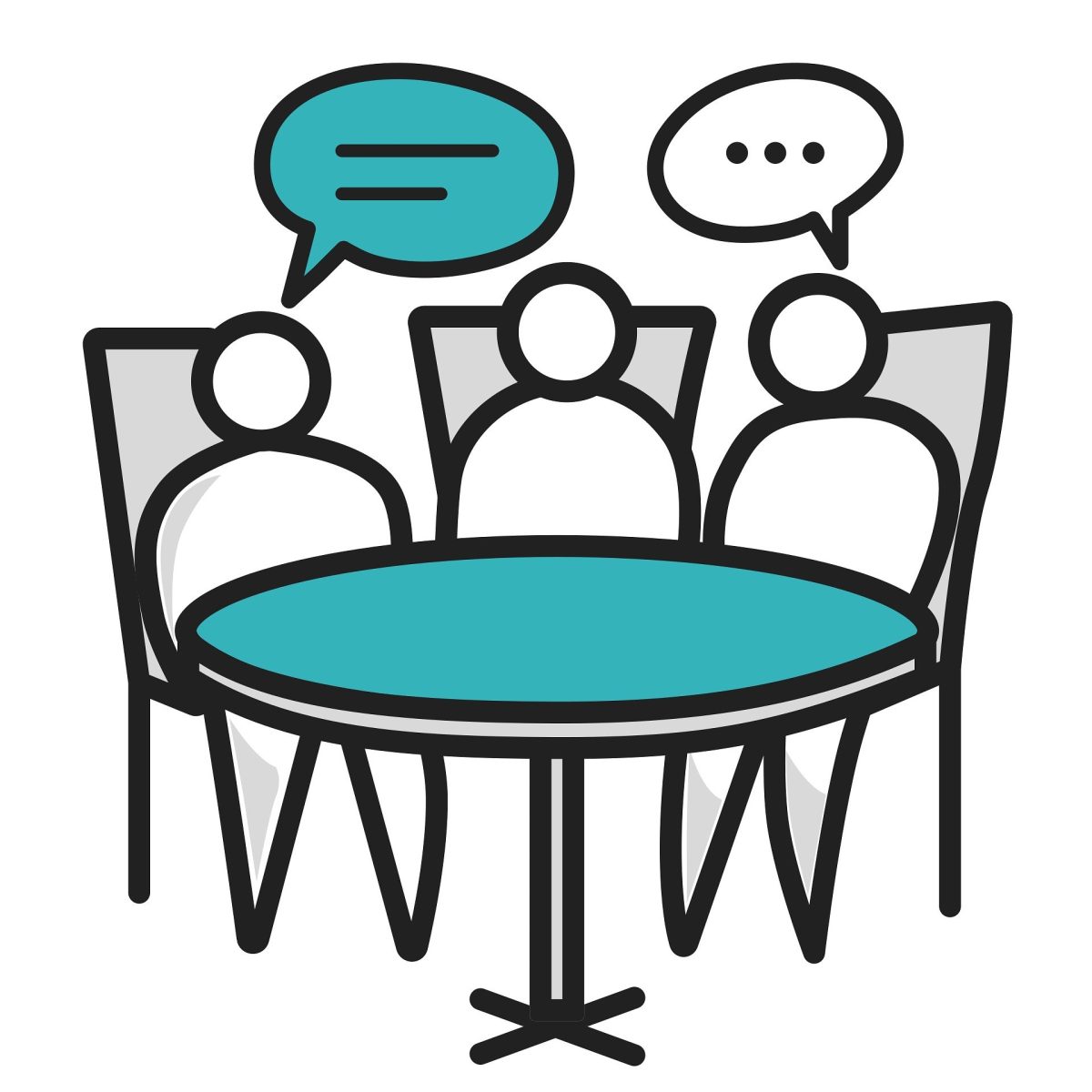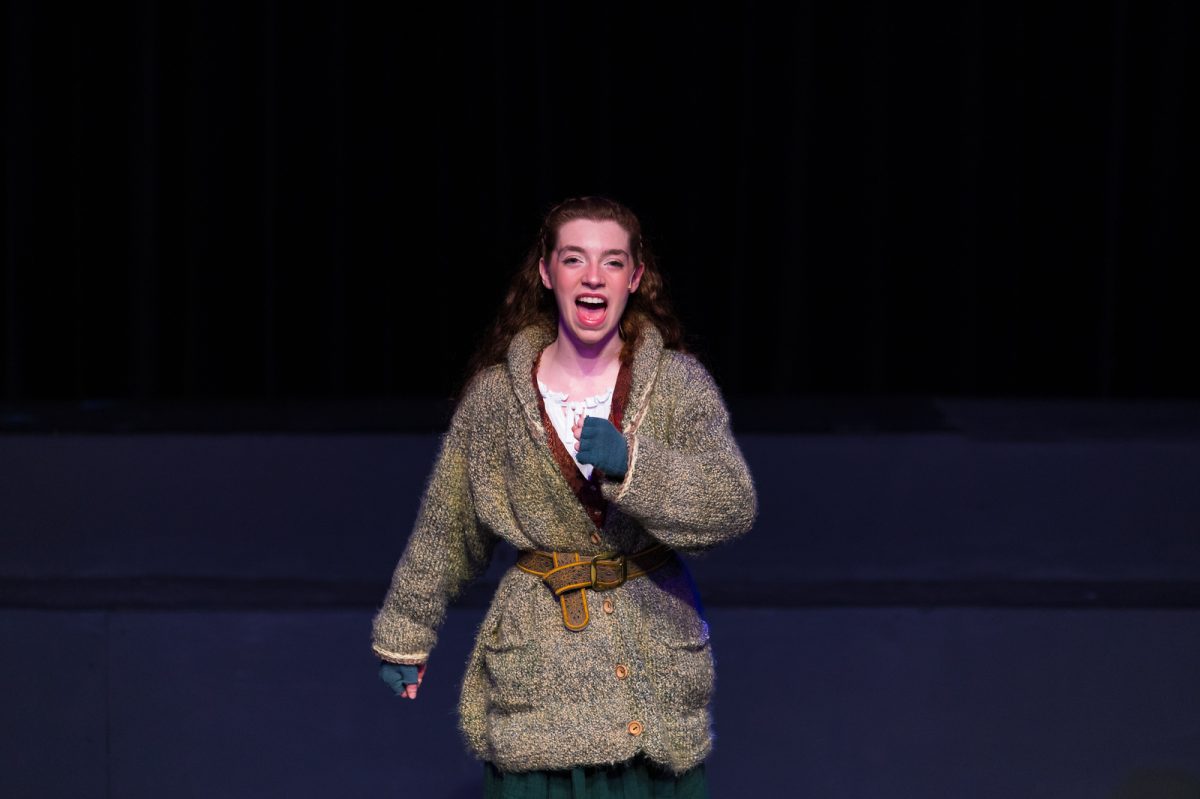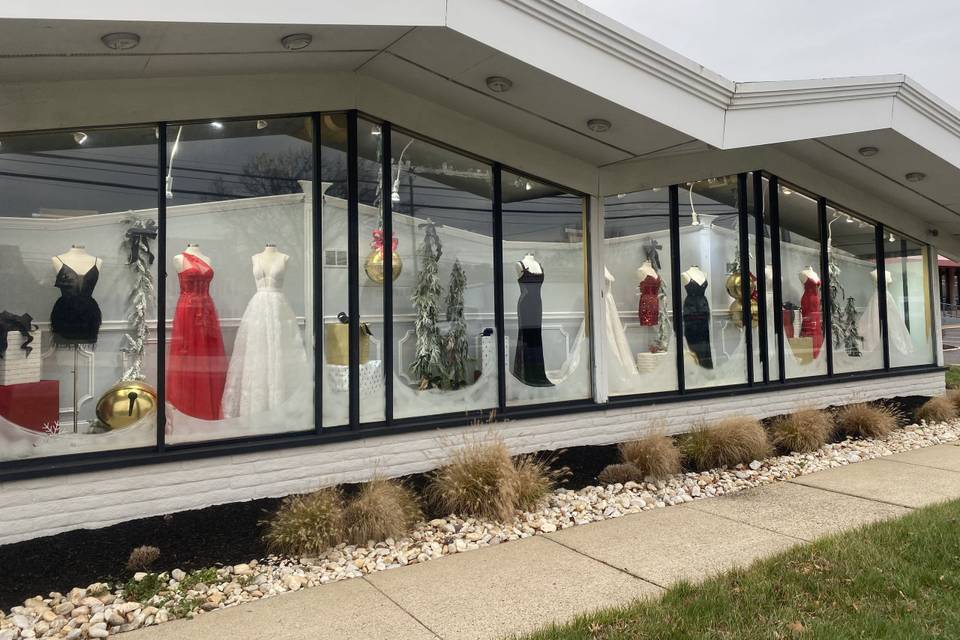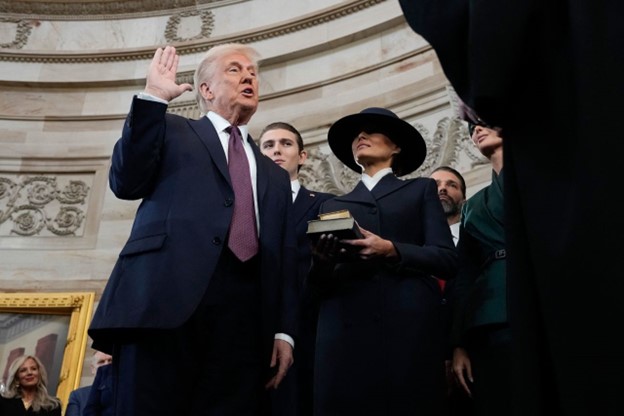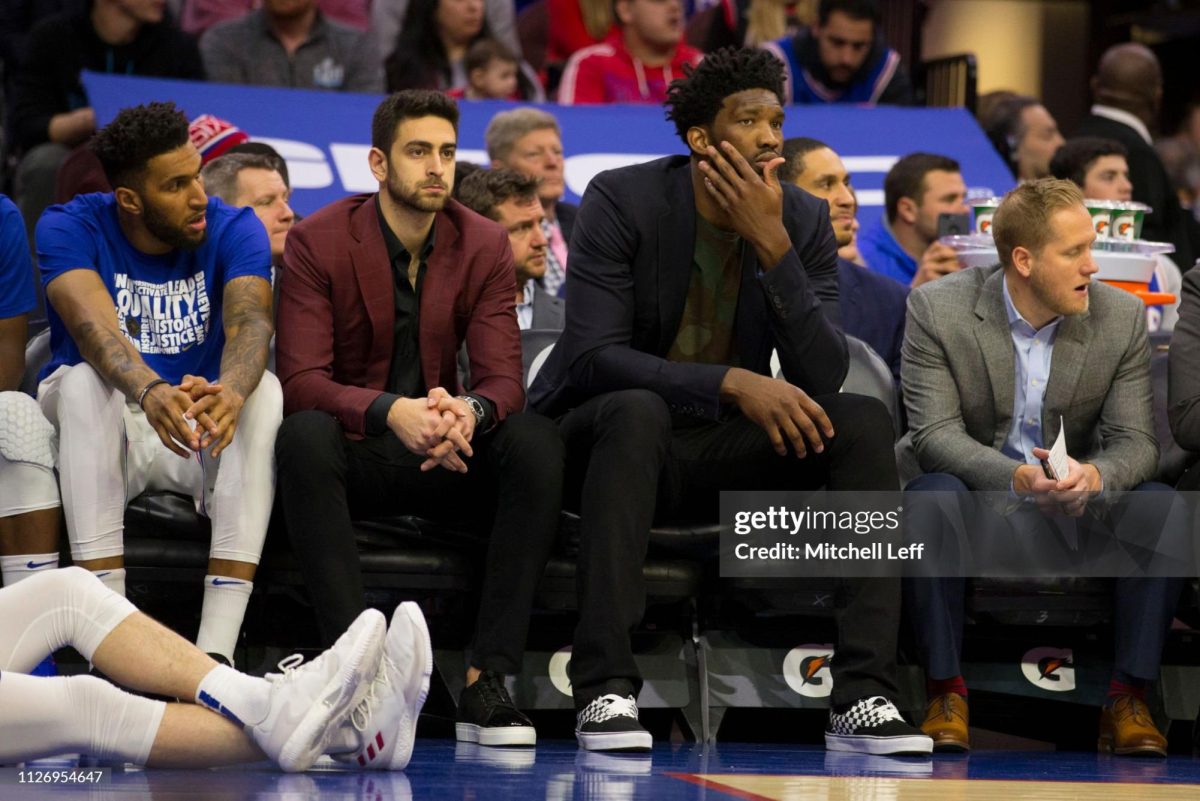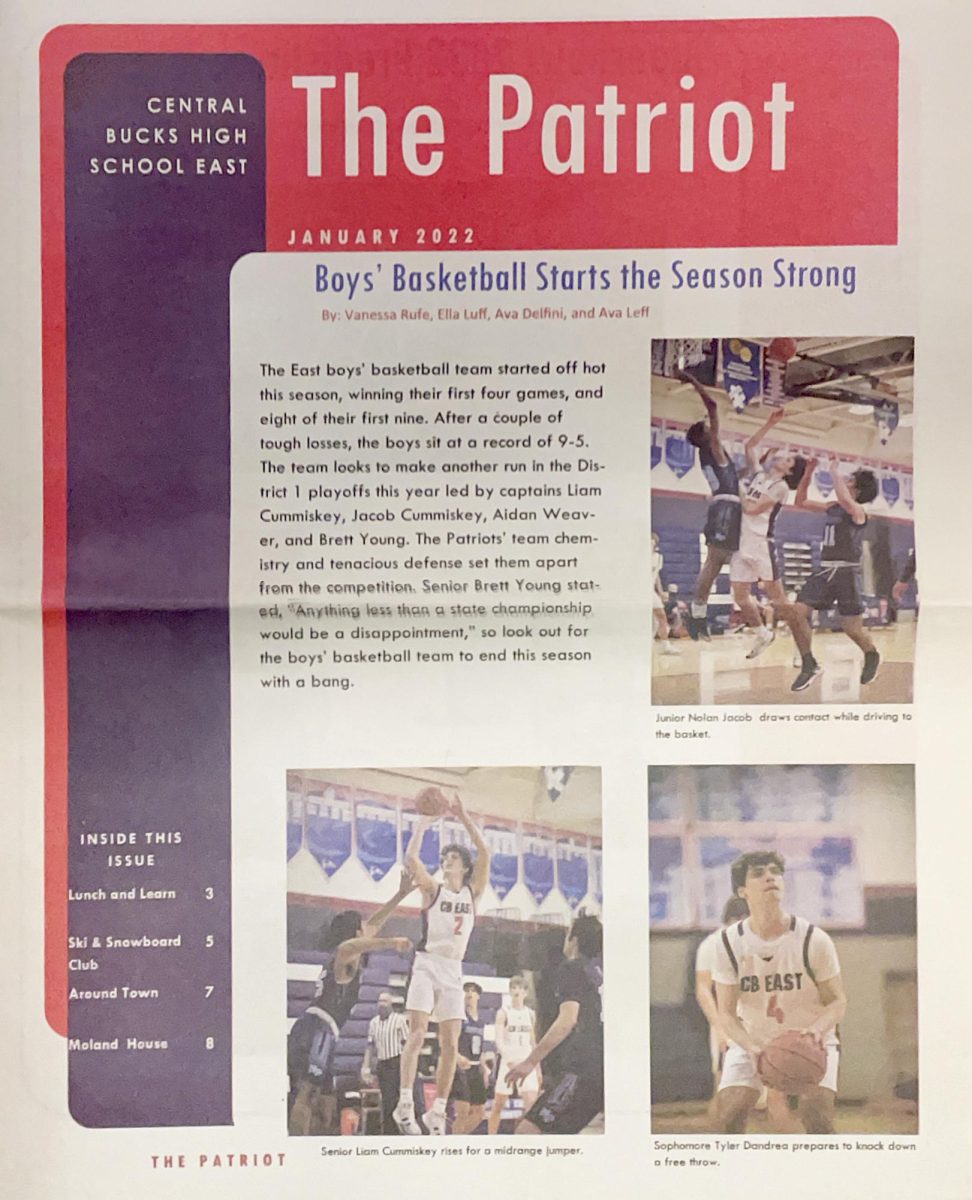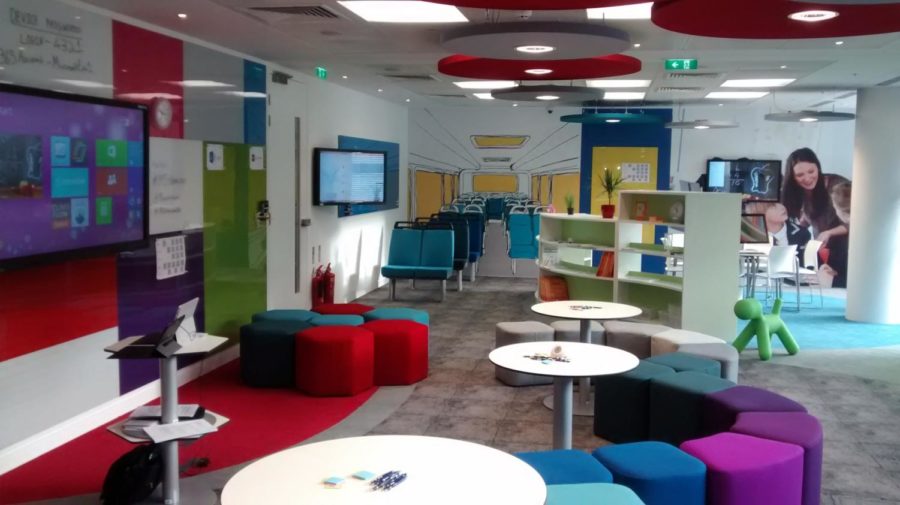What A 21st Century Classroom Should Look Like
June 14, 2023
For a high schooler one hundred years ago, a typical day in school would consist of learning with paper materials and textbooks only. Most likely, you were also male if you were in school (especially college). It is no question that in the past century, education has been through many iterations, with social standards adjusting, allowing all people to attend regardless of race and gender, and again with inventions like the computer and more. Despite this, the famous Roaring 20’s were a cultural revolution, with jazz rising in popularity, new societal standards for women, and more. The most innovative inventions included novel car models and ways to get around prohibition. Today, new creations and ideas implemented in classrooms are taken to another level. A classroom in the 21st century opens the door for learning with new inventions like ChatGPT and interactive TV boards and calls for a chance to foster creativity with techniques like outdoor learning.
The introduction of ChatGPT was initially seen as a threat to education. As a free essay-writing tool that integrates advanced vocabulary and creative thinking, OpenAI’s chatbox transformed the practice of writing papers. After the program has been around for three months, however, educators are evaluating how the tool can be used to improve education, not destroy it. For teachers, ChatGPT can make lessons more interactive, personalize lesson plans, and decrease lesson planning time. It is also important to consider: if an assignment can be completed by simply regurgitating an answer that can be taken from online or memorized, maybe the assignment is not engaging the critical thinking skills needed for long-term learning. The new program calls on teachers as well to consider the level of assignments. From a student’s perspective, ChatGPT can elicit much more than an answer response; it can be used as a tool to actively self-test. If asking the right questions, these tests could target weaknesses and actively relearn material. It is no question that ChatGPT can test at and above the average student level: the program scored a 1410 on the SAT and received high passing scores on AP Exams like Physics, Calc BC, Chemistry, World History, Macroeconomics, Statistics, and more. These qualifications make it an excellent way for students to learn via example. Adapting to the OpenAI chatbox will no doubt take time and energy, but if the end result is a new way for students to learn creatively, then it is entirely worth it.
While the integration of AI is an exciting opportunity to foster creativity in the classroom, a more unorthodox and traditional way that is not used by many schools is outside learning. In a community in Cape Cod, students are required to spend at least part of their day outside. This approach has been taken in by some schools following COVID to avoid closed spaces. Studies have shown that moving a setting for a short time period can boost learning productivity, in part due to context-dependent memory, a psychological theory that memory can be best recalled if the context and setting is the same from which it was learned. If a context is changed and students learn new material outside, they may retain it better. Regardless of learning, spending more time outside has also been linked to improved mental health and happiness, something schools are under fire for not addressing. If schools matched the Cape Cod community’s model, it may tackle two things at once: context-dependent learning and improved mental health. This approach is similar to a Waldorf School Approach, where spiritual being is instilled in students from a young age, however, it would look different in a public school: teachers can fashion their own chalkboards/dry erase boards or other classroom-like materials outside.
Another new implementation to classrooms in Central Bucks is the introduction of new TV Screens, ClearTouch. These boards can be used by teachers or students and are utilized for student-led presentations or filling out worksheets. One teacher, Mrs. Poblano, said that the boards are useful for presenting simultaneously. She explained how lessons can be presented in a different way and how the boards allow for students to draw or write, facilitating interactions and participation during class. Another teacher, Mr. Johnson, said he particularly likes using it for student presentations, which he hopes to incorporate more of in the future.
As our world evolves to new technologies, it is important to remember that a changing world can be to our advantage if engaged correctly. Thirty years ago, the Internet was a world changer: free access to almost anything you could imagine; now, tools exist to interpret and conceptualize that knowledge. ChatGPT can be easily abused, but it could also transform studying for students, whether in high school or college. We sometimes turn to the Internet or ChatGPT when we lack in creativity, which is an essential reminder that continuing to foster our sense of innovation is as important as book learning. By integrating these aspects, we can continue to revolutionize education and build a strong future for all students.

